|
Vicarage Road
Penn Moor Farm
Penn Moor Farm stood across the road from Penn Hall. The fields
are still there (June 2020), although no longer used. The old
farmhouse still survives as residential accommodation, but the
old barns are long gone. In the 19th century the farm was run by
the Jenks family. William Jenks ran the farm in the 1870s, one
of the last family members being John Jenks. They worked land on
some of the nearby farms including Bearnett Farm, Orton
Grange Farm and Lloyd Farm. John Jenks rented the farm from
the Lloyd estate, which was sold in 1901 by Harriet Bradney Shaw
Hellier of the Wodehouse. Penn Moor was later sold for £3,700 to H.
Pitt and H. Hughes.
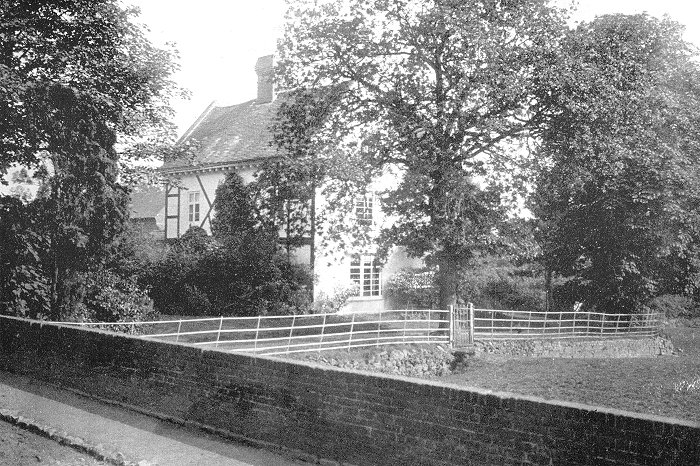
Penn Moor farmhouse. From the 1901 Lloyd
Estate sales brochure.
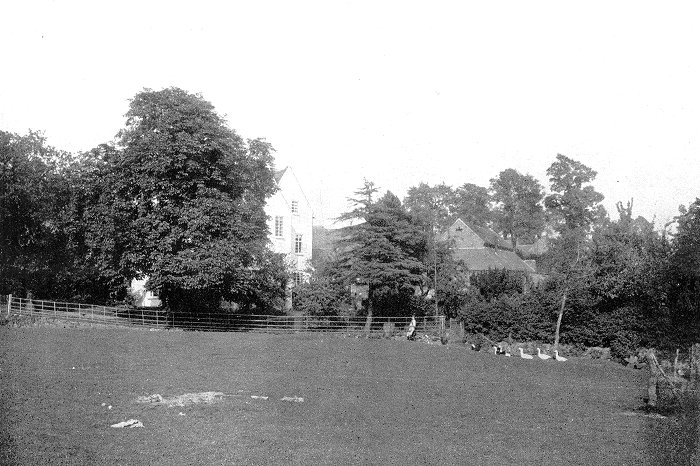
A corner of Penn Moor Farm. From the 1901
Lloyd Estate sales brochure. The farmhouse consisted
of a large sitting room, hall, kitchen, dairy, scullery and a
bake oven. There were four bedrooms on the first floor and four
attic rooms at the top. Outside there was a large walled-yard
and a water pump. After the sale the house was occupied by
Charles Henry Webb who farmed the land. In 1927 the estate was
sold to Francis J. J. Gibbons of Penn Hall and a year later, the
house but not the land, was sold to Herbert Beresford Clode on
condition that it was first offered to the Penn Hall Estate on
resale. In the 20th century, the farm was run
by C. H. Webb who had a dairy herd and used motorcycles for
deliveries of milk. The farm was later run by T. Pugh followed
by Richard Pugh.
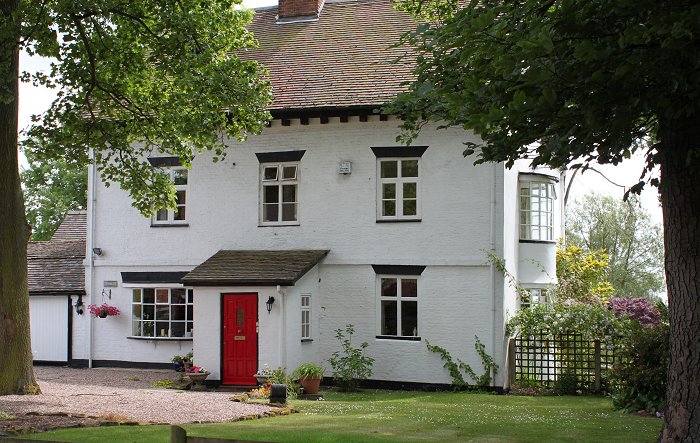
The old farm house, as it was in 2013. Close to "Penn Moor
Farm" is Chamberlains Lane, which extends southwards into the
heart of the common. It is named after the Chamberlain family
who were yeoman farmers on the common during the 17th and 18th
centuries. |
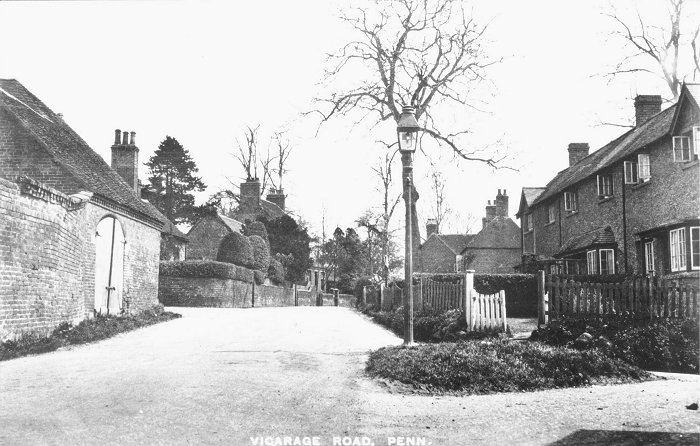
Vicarage Road with Chamberlains Lane
on the right, Penn Hall barns on the left, followed by The
Avenue. Courtesy of Lawson Cartwright. |
| Pennover One of the oldest cottages
in Penn is 'Pennover' that stands on the corner of Vicarage Road
and The Avenue. It has been occupied by several prominent
people including members of the once well-known Penn family, the Rodens, who
were blacksmiths, wheelwrights, carpenters and undertakers,
based at their yard on Penn Road. Arthur and Tom Roden ran their
business for many years. It was started by their father Henry
Roden who was born at 'Pennover' on the 2nd January, 1848. His
parents were married in Birmingham and walked to Penn. Henry's
father Joseph Roden was a shoe maker, and Penn Parish Clerk.
Henry's interests included photography. He took a number of
early photographs of the village.
|
|
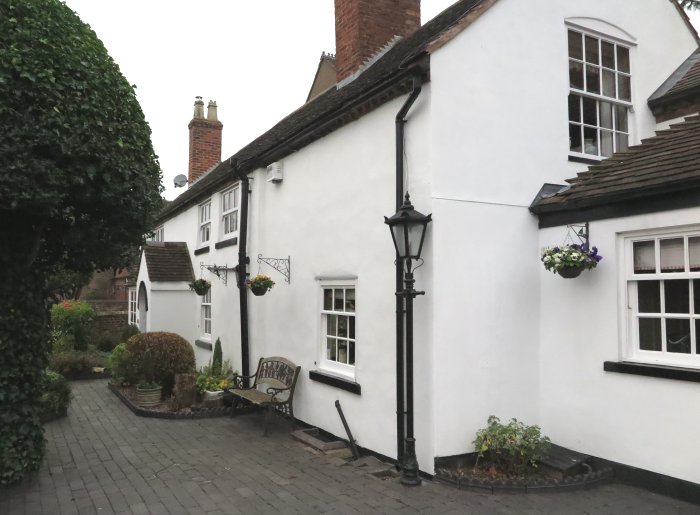
Pennover. |
| In the mid 1850s the house was the residence of Henry Beckett
and his wife Ruth. He was born at Enville in 1808 and she hails from
Silsoe, near Bedford. They had seven children, three boys and four
girls. Two of whom died in their early years. He was a mining
engineer and surveyor and had premises in Darlington Street and an
extensive practice. He was employed by some of the wealthier
residents of Penn and was involved in the widening and improving of Coalway Lane (now Coalway Road). In 1861 he was appointed as a
Surveyor of Highways and became a Fellow of the Geological Society.
He also became a vigorous exponent of vegetarianism and teetotalism,
becoming President of the Wolverhampton Temperance Society in June
1854.
He is remembered in Penn for his diary that he kept from 1859
until 1871. It is a useful source of information that includes
references to many local happenings at the time.
Another well known resident who had moved there by 1908 was Theodore Addenbrooke.
He had a
distinguished military career during the First World War and worked
as Company Secretary for William Butler & Company Limited.
at Springfield Brewery. He was appointed at the Brewery after the
death of William Butler in 1893. |
 |
|
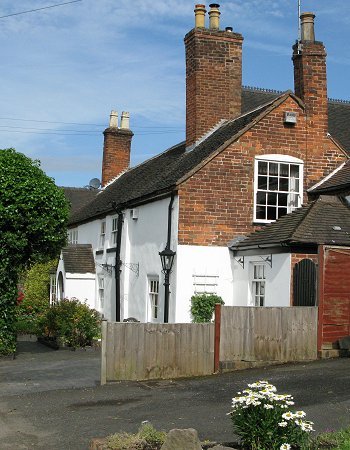 |
| Captain Theodore
Addenbrooke. From Butler's Magazine, March 1925. |
|
Another view of 'Pennover'. |
| Theodore was born in 1867 in Walsall and founded the Penn
Company of the local Boys Brigade in 1913. He remained an active
member of the brigade until his death. He served with the
Territorial Battalion of the South Staffordshire Regiment, which he
rejoined in 1914 at the outbreak of war. The following article from
the Express & Star, 23rd May, 1917, stated that Addenbrooke had been commended by Sir Douglas Haig
in his latest dispatches. |
|
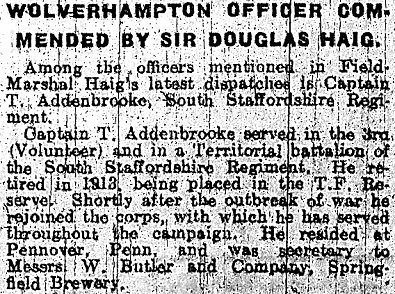
Express & Star, 23rd May, 1917. |
| He had a distinguished military career. The
following is from the supplement to the London Gazette,
dated 14th November, 1914: |
|
 |
He was also very involved with Wolverhampton Festival
Choral Society and an active member of the congregation
at St. Bart's Church. |
|
| On the 9th March, 1923, Captain Theodore Addenbrooke unveiled
Springfield Brewery's war memorial in the brewery yard.
It was dedicated to those who perished in the First World
War. The names of the employees who were killed in the
Second World War were added later.
In 1996 after the closure of the site, the war memorial
was moved to the Fallings Park Territorial Army Centre
following concerns about its safety.
It has since been moved to the Black Country Living
Museum where it can be seen today. It consists of a bronze
figure of a British Soldier. |

Butler's war memorial. |

| Captain Theodore Addenbrooke died on the 13th February, 1931, at
the age of 64, at 'Pennover', in Vicarage Road.
The funeral took place at St. Bart’s Church, and he was
buried in St. Bart's graveyard.
At his funeral there was a procession of 340 members of the Boys
Brigade, who escorted his coffin. |
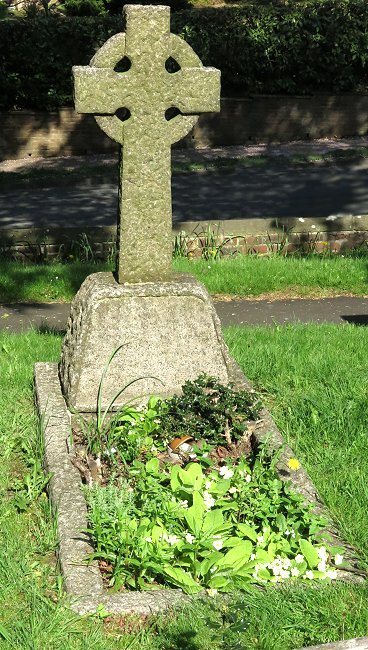
Captain Theodore Addenbrooke's grave at St.
Bart's. |
|
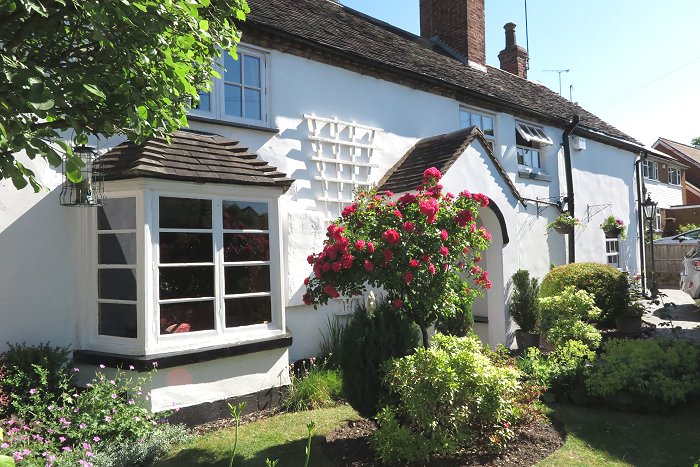
A final view of Pennover. |
| Clawbonny A little further along
Vicarage Road from 'Pennover' is a large house called 'Clawbonny'
that sits on the hillside above the road. It caught my eye because
of its strange name, which probably comes from one of Jules Verne's
novels, called 'The Voyages and Adventures of Captain Hatteras'. It
is a tale about sailing to the north pole. In the story, Doctor
Clawbonny was a hero who built a snow house, where the crew could
survive during the winter. Doctor Clawbonny was able to make fire
with an ice lens, make bullets from frozen mercury and keep polar
bears at bay with remotely controlled explosions of black powder.
One of the crew members was called Pen.
The book was published in French in 1864 and again in 1866. It
was first published in English in 1874, which is when the house may
have gained its name. It is named in the 1881 census. |
|
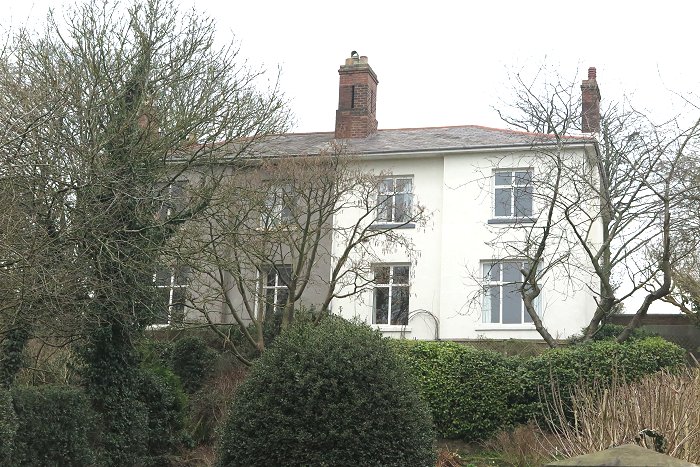
Clawbonny. |
| In 1871 Elizabeth Elvins Waterhouse lived there. By 1881,
Catherine Longmore and Francis Lydia Savage lived in one half of the
house, the other half being occupied by William and Ann Perry, their
son Edward, daughter Annie and a general servant. In 1891 the
occupants were Elizabeth Bayliss aged 75, and Edward and Elizabeth
Rowland, along with their four children. In 1912 Robert Bill lived
there. In 1915 the occupants were C. H. Bill and the Graham sisters.
Laburnum Cottages
Across Vicarage Road, at right angles to the road are Laburnum
Cottages, which are also very old. They had long gardens without
hedges or fences which gave the impression of one huge and colourful
garden. The cottages have a porch with a gently sloping roof. The
cottage nearest the road had two seats inside the porch. It was
suggested by Mr. Jones, who owned the cottage in the 1970s, that it was a post office and possibly a shop. It once belonged
to Maria and John Thomas Hill of Wombourne, who sold it to John Green
of Sedgley, who in turn sold it to William Bayliss of Penn, who paid
£190 for all of Laburnum Cottages in 1853.
In 1939 the cottage nearest the road was owned by the Ballard
family, whose daughter bought the far cottage when she married a Mr.
Jones. In the 1950s the middle cottage was owned by the Hand family.
The cottages were once known as Three quarter Row.
The cottages became derelict and fell into a bad state of repair.
They were restored in the late 1990s. Work began August 1995 which
involved removing all the internal fixtures and fittings including
plaster on the walls, and fitting new windows and doors etc. |
|

Laburnum Cottages in 2020. |
| The old Vicarage The old vicarage was
originally two cottages that have been extended and enlarged many
times. The building has suffered from subsidence, resulting in long
tie rods being inserted. In 1778, cellars were added by the vicar at
the time, the Rev. Cole-Webb who married the local brewer's daughter
and needed somewhere to store barrels of beer. Around this time,
coach houses were added along with a north wing for staff
accommodation. In 1960 the north wing was demolished and the
northern side improved. An entrance was also added for a top floor
apartment. The house continued as the vicarage until 1977.

The old vicarage.
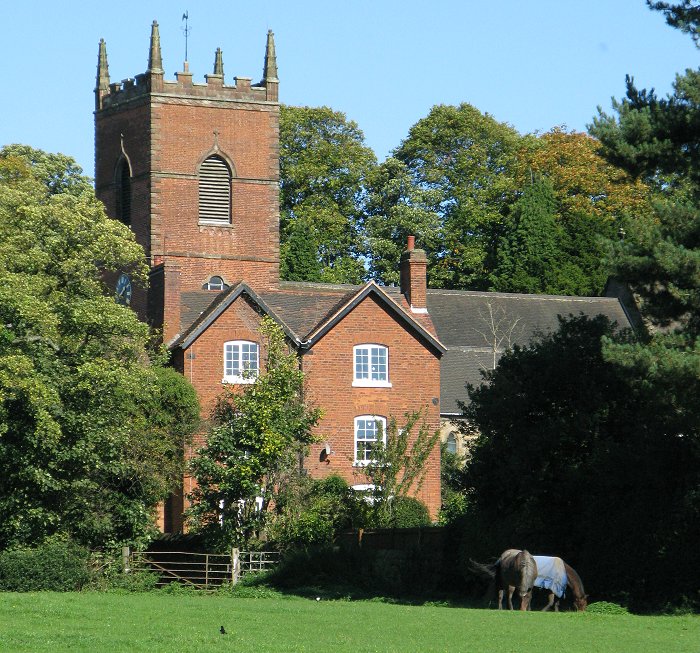
The back of the old vicarage and St. Bart's
Church.
|
 |
|
 |
|
 |
Return to
Penn Hall |
|
Return to
the beginning |
|
Proceed to
Pennwood Lane |
|